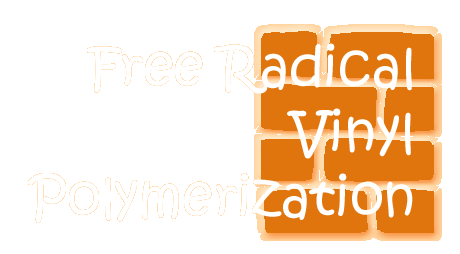Glucose vinyl chloride amino acids and ethylene are examples of monomers.
Example of vinyl monomer.
Every monomer can link up to form a variety of polymers in different ways.
Each monomer may link in different ways to form a variety of polymers.
Examples of monomers.
Difference between monomeric and polymeric vinyl definition.
An industrially important example is vinyl chloride precursor to pvc a plastic.
These repeating units are called monomers.
That is small molecules containing carbon carbon double bonds they make up largest family of polymers.
In chemistry vinyl or ethenyl abbreviated as vi is the functional group with the formula c h ch 2 it is the ethylene iupac ethene molecule h 2 c ch 2 with one fewer hydrogen atom.
For example in glucose glycosidic bonds that bind sugar monomers to form polymers such as glycogen starch and cellulose.
In the case of glucose for example glycosidic bonds may link sugar monomers to form such polymers as glycogen starch and cellulose.
For example polyvinyl sulfate has double bonds between s and o atoms in the side group.
Vinyl polymers continue to be the most important class of polymeric materials as measured by annual production volume as well as economics.
The name is also used for any compound containing that group namely r ch ch 2 where r is any other group of atoms.
Examples of the monomers are glucose vinyl chloride amino acids and ethylene.
Monomeric vinyl is the monomer from which a particular vinyl polymer is built.
Polymeric vinyl is the repeating unit of a vinyl polymer.
The reaction by which a monomer is converted to a polymer is called polymerization.
Glucose is the most abundant natural monomer which polymerizes by.
In the two decades since the first edition of comprehensive polymer science impressive advances have been made regarding new methods for the synthesis of polymers from vinyl monomers.
Although the primary.
Vinyl polymers are polymers made from vinyl monomers.
Examples of monomers include vinyl chloride which polymerizes into polyvinyl chloride or pvc glucose which polymerizes into starch cellulose laminarin and glucans and amino acids which polymerize into peptides polypeptides and proteins.

